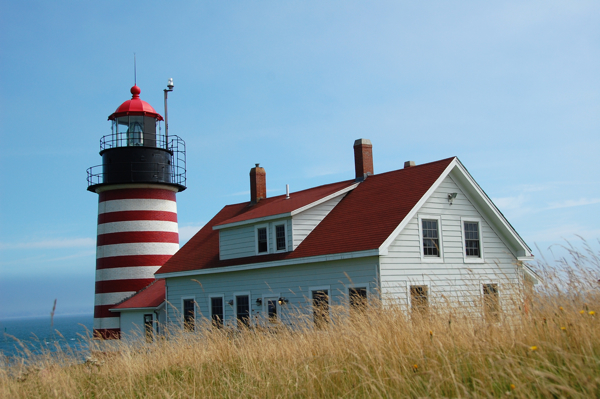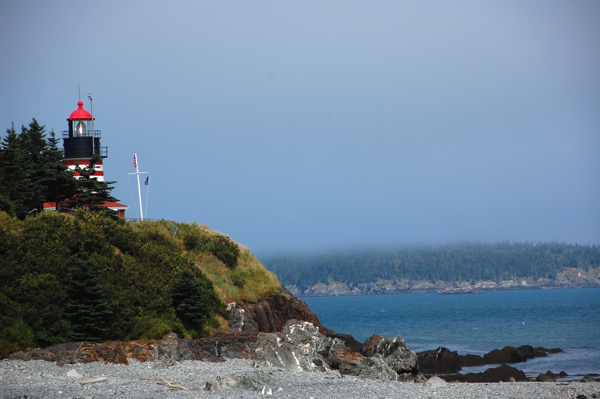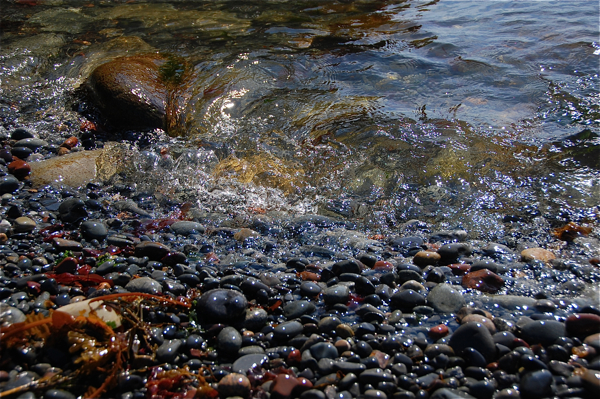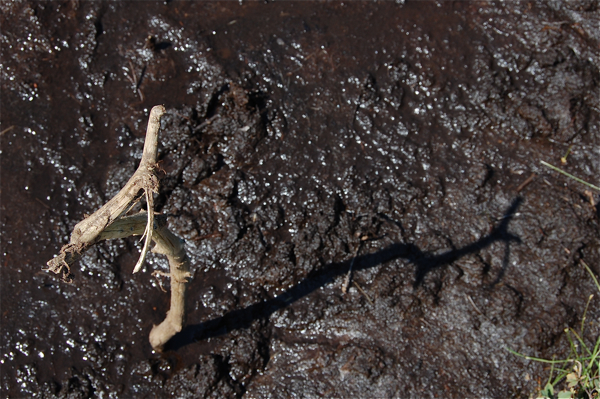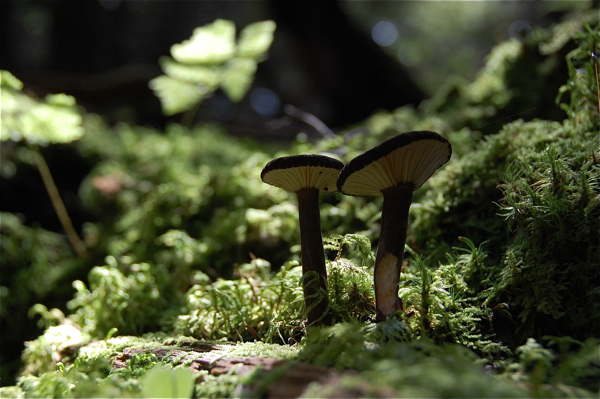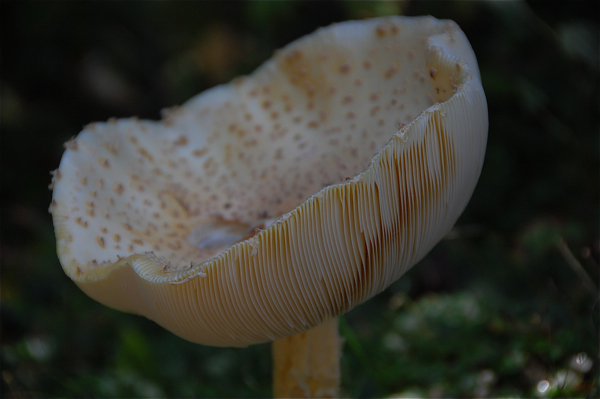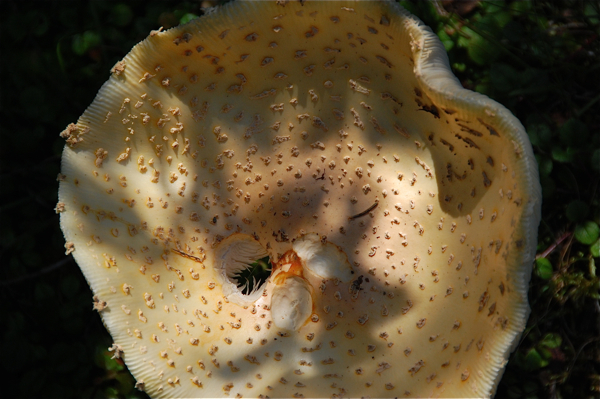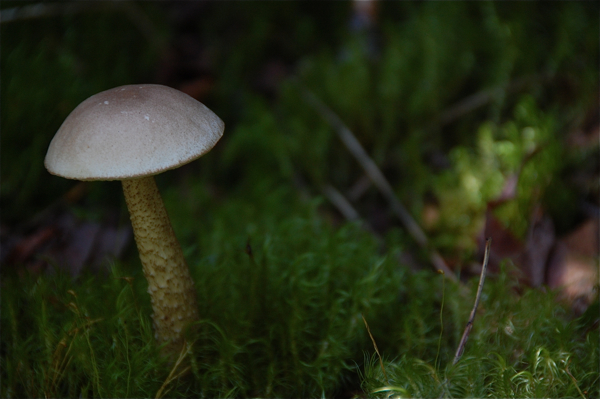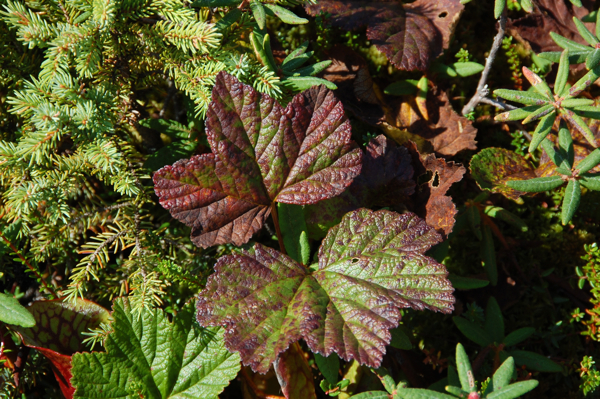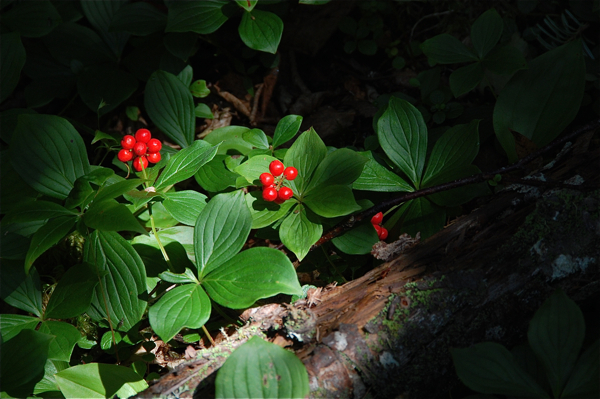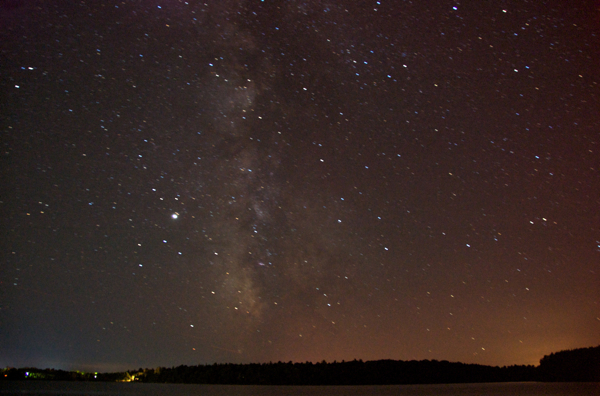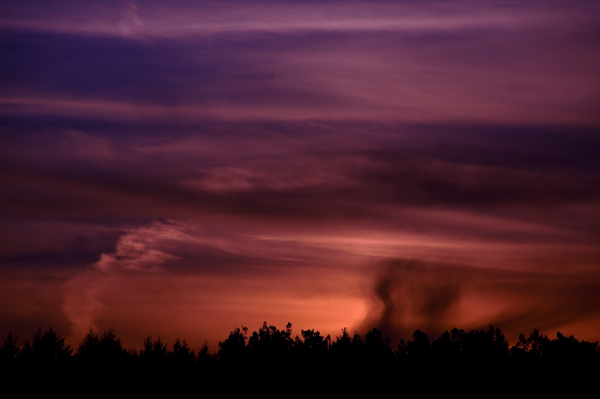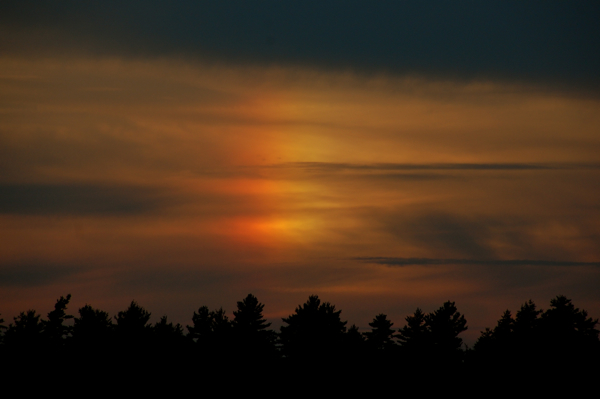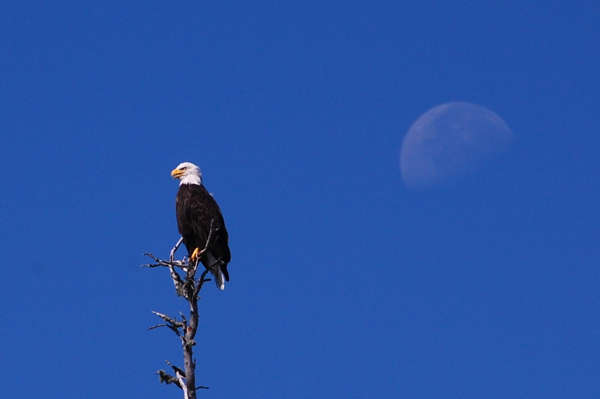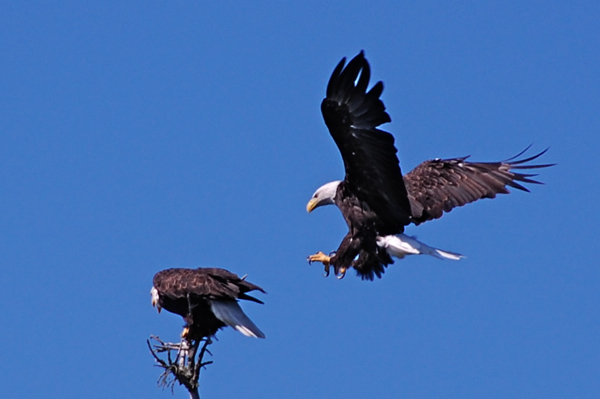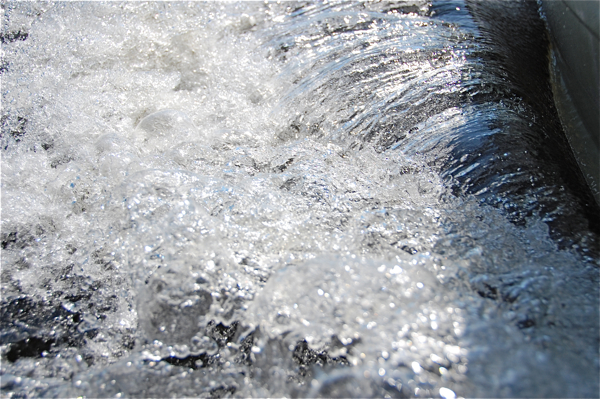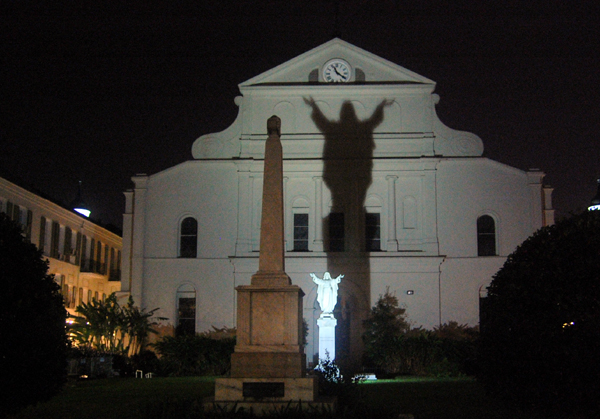
The statue of Jesus behind the St. Louis Cathedral in New Orleans.
It's amazing to see the level of preparation going on in Louisiana for Hurricane Gustav. Cages for animals. Buses and trains for the homeless. Actual evacuation for the nursing home patients.
It's a far cry from Hurricane Katrina in 2005, when hardly any of that was done in New Orleans. Those people and animals were left behind, and they died.
 It's good that local and federal governments are determined not to make the same mistake twice. I actually thought it was a bit overboard to go to such great lengths so early, but now that the storm looks to hit near the Big Easy, it seems to be a job well done - so far.
It's good that local and federal governments are determined not to make the same mistake twice. I actually thought it was a bit overboard to go to such great lengths so early, but now that the storm looks to hit near the Big Easy, it seems to be a job well done - so far.Of course, there are still concerns about the stragglers and, I would think, the massive amount of journalists who have flocked to the Gulf Coast to cover the storm. I would think they're more in danger than anyone.
I certainly hope no one such as Ronald Major, left, who lives in New Orleans in a trailer provided by the Federal Emergency Management Agency, are still in town. I would rather not think about what Gustav is going to do to their temporary homes.
And there are probably still homeless people in the streets and sick people in the hospitals who are too ill to be transported.
For the sick, I hope for the best and wish nothing like what was experienced by patients at Charity Hospital during Katrina; they tried to get out but had little help from the few helicopters that were available to take them to safety. The hospital, below, is now closed. You can see the damage done to the top of the building, but the most was done to the bottom floors, which were flooded.

Here in Central Florida, we're seeing the clouds from Gustav. That's how large it is.
If the eye makes landfall 70 miles to the west of New Orleans, which is predicted, it will surely bring great devastation, especially because the stronger side is supposedly to the east of the center. Let's hope and pray that the only damage is to material things and not to lives.
For my post-Katrina reporting from New Orleans last year, go here.
 For the blog of a fellow copy editor, left - who lives in Baton Rouge and says she will be blogging during the storm, electricity permitting - go here.
For the blog of a fellow copy editor, left - who lives in Baton Rouge and says she will be blogging during the storm, electricity permitting - go here.For live reports from New Orleans and the surrounding area, visit FloridaToday.com, which sent a team of three journalists to cover Gustav. Apparently, Gannett corporate thought we did such a great job covering Tropical Storm Fay when it flooded Brevard County that we should cover Gustav, too. But with another storm, Hanna, headed toward the east coast of Florida right now and two other tropical systems trailing it, we might have to do it here, too.











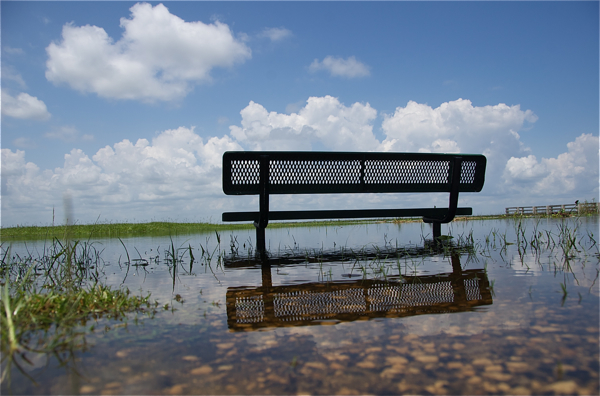
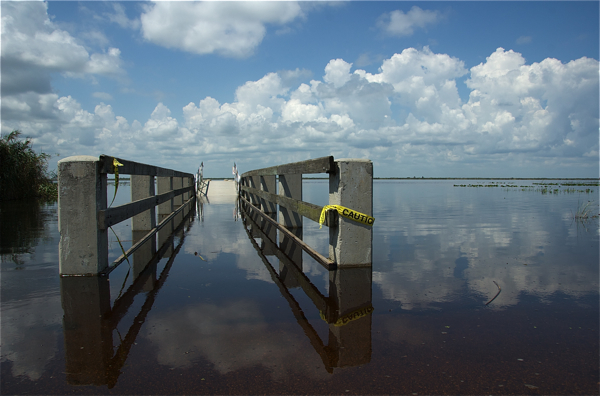
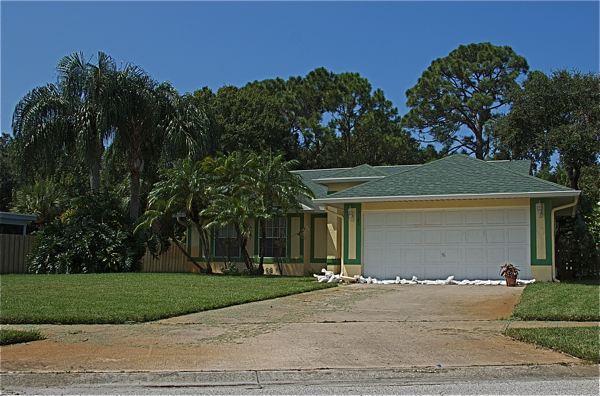
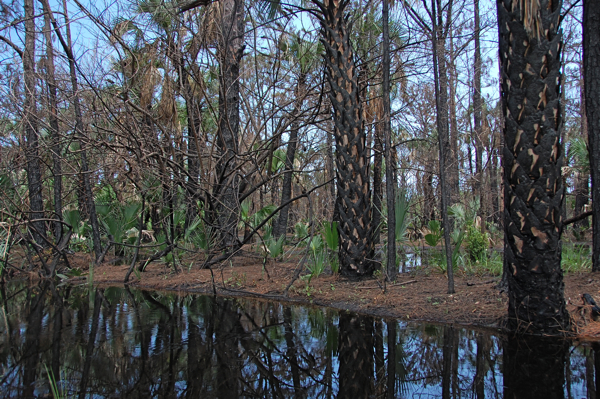
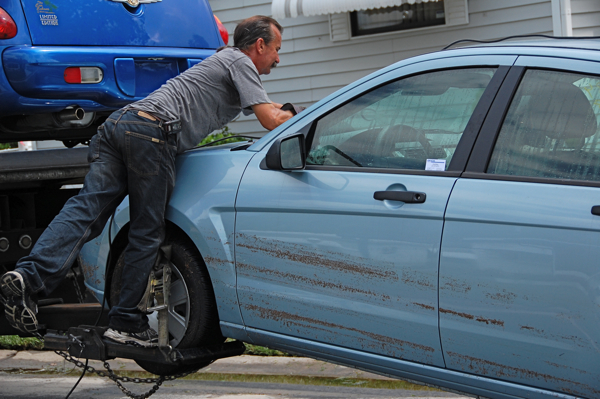
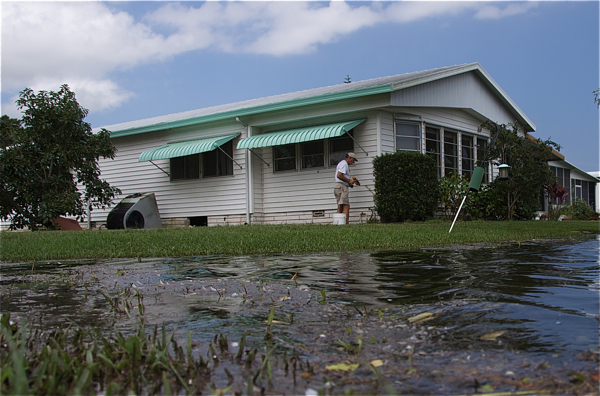
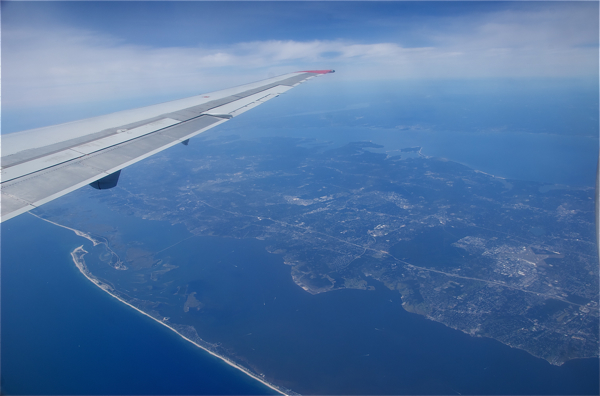

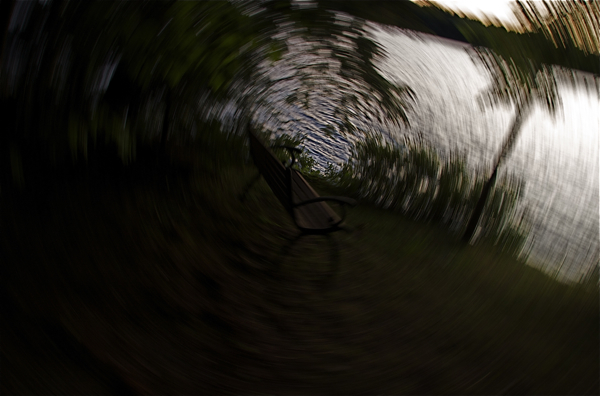
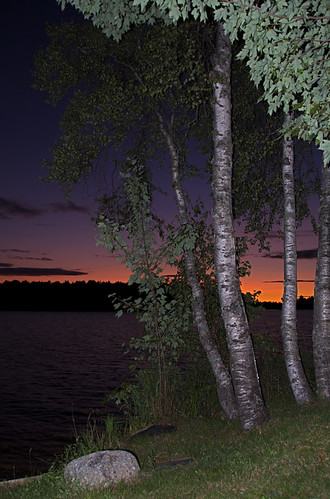 I wasn't impressed by the sunset, so I had to do something different to make it look better.
I wasn't impressed by the sunset, so I had to do something different to make it look better.